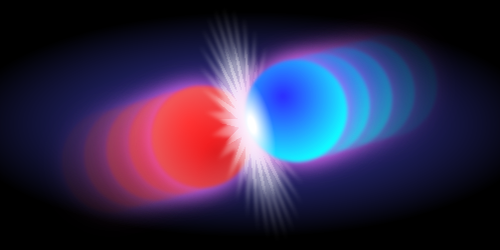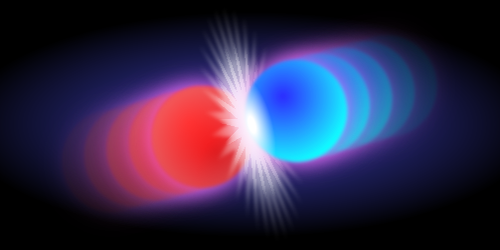The Softness of an Atom’s Touch
Ultracold atomic gases are used in technologies ranging from atomic clocks to quantum computers. Collisions between atoms can, however, disrupt the coherence of the atoms’ quantum states, which might, for instance, limit a clock’s precision. To quantify such effects, a team led by Nir Davidson at the Weizmann Institute of Science in Israel has devised a scheme that measures collisional “softness”—the number of times an atom has to collide before its final energy is uncorrelated with its initial energy. The approach may help researchers account for the impact of collisions in a broad range of experiments.
The collisional softness, s, depends on the ratio between two parameters: the rate at which atoms collide and the rate at which collisions reduce the correlation of an atom’s energy with respect to that of its initial state. Until now, s could only be derived with theoretical calculations. Davidson and colleagues prove that the two parameters that determine s can be directly obtained from a pair of atom-interferometry experiments known as Ramsey and echo spectroscopy. Specifically, if the atom density is low, the signal from an echo experiment depends only on the collision rate. And if the density is high, the result of a Ramsey measurement depends mainly on the energy-decorrelation rate.
Focusing on rubidium-87 atoms that were optically trapped by crossed infrared laser beams, the researchers carried out the Ramsey and echo experiments at low and high atom densities. For this trapping configuration, s was found to be 2.5, indicating that the collisions are relatively hard.
This research is published in Physical Review A.
–Matteo Rini
Matteo Rini is the Deputy Editor of Physics.





